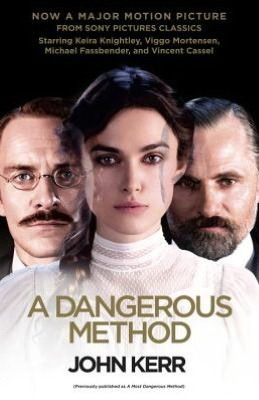What do you think?
Rate this book


607 pages, Paperback
First published August 24, 1993
“One who while behaving abnormally keeps shouting that he is normal gives ground for the suspicion that he lacks insight into his illness. Accordingly, I propose that we abandon our personal relations entirely. I shall lose nothing by it, for my only emotional tie with you has long been a thin thread–the lingering effect of past disappointments–and you have everything to gain… I therefore say, take your full freedom and spare me your supposed “tokens of friendship.””
“I accede to your wish that we abandon our personal relations, for I never thrust my friendship on anyone. You yourself are the best judge of what this moment means to you. “The rest is silence.””